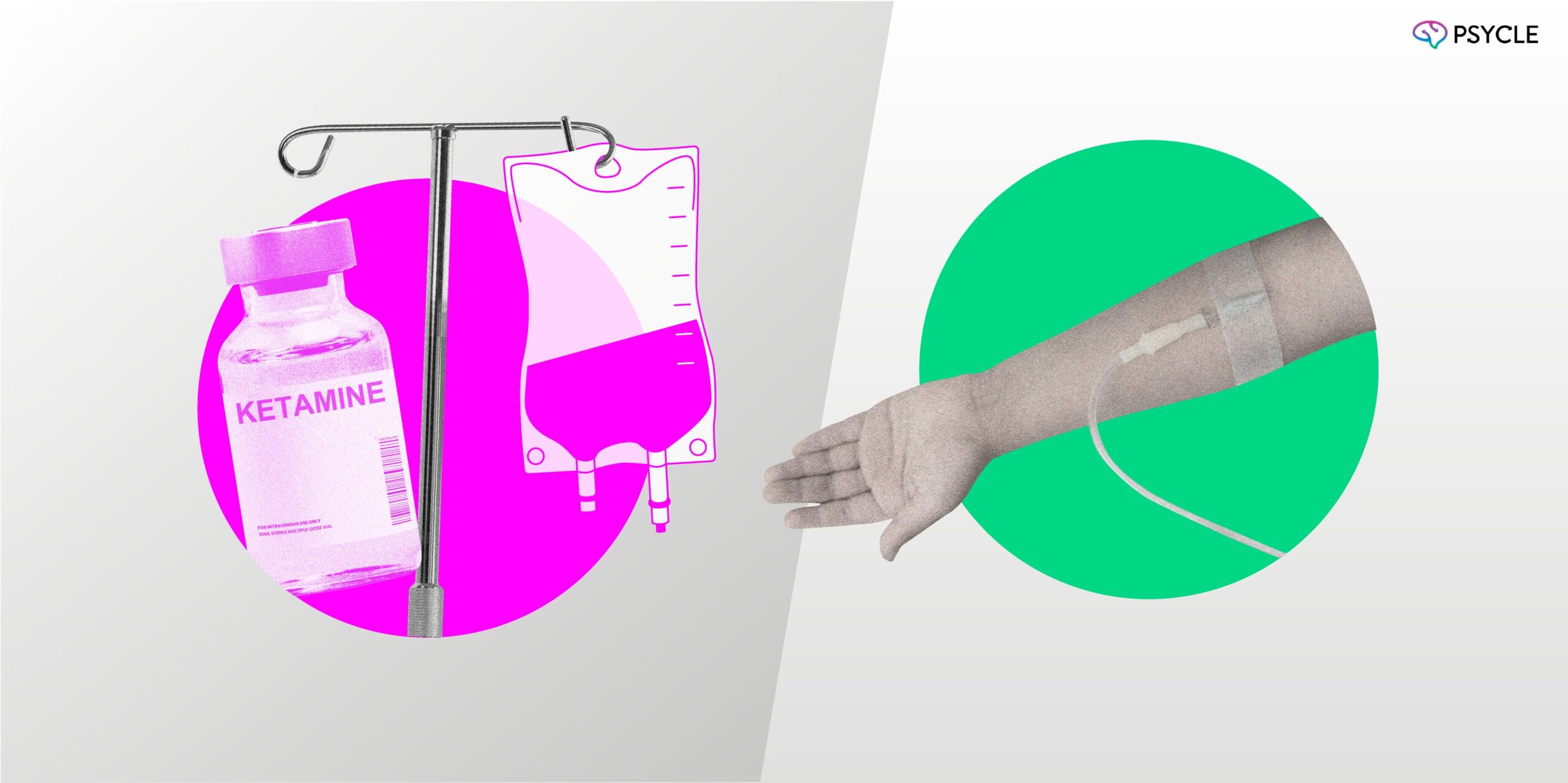

Ketamine is a treatment that can provide relief from depression, anxiety, PTSD, pain, and in some cases, addiction. It is administered intravenously (IV), intranasally (nasal spray), intramuscularly (injection), or sublingually (orally) at a clinic or at home and can be administered with or without a therapist.
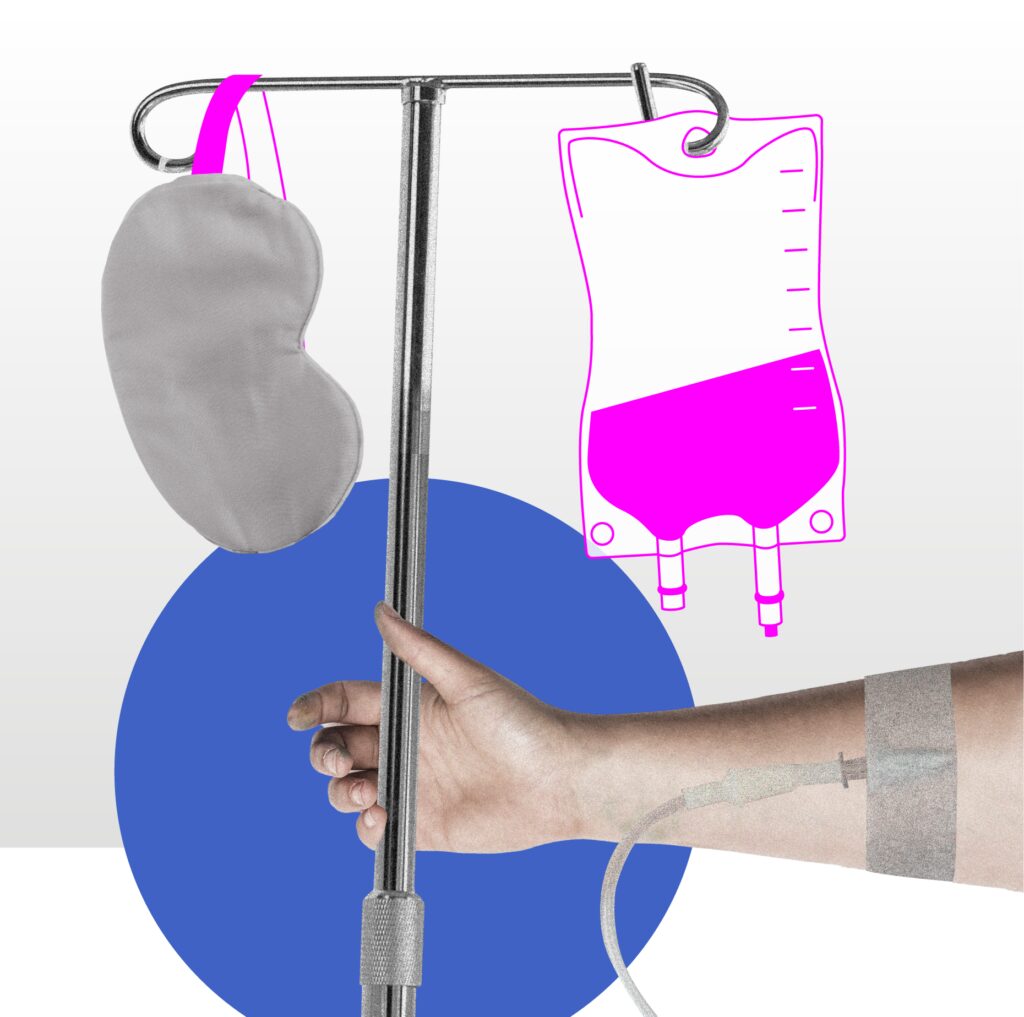

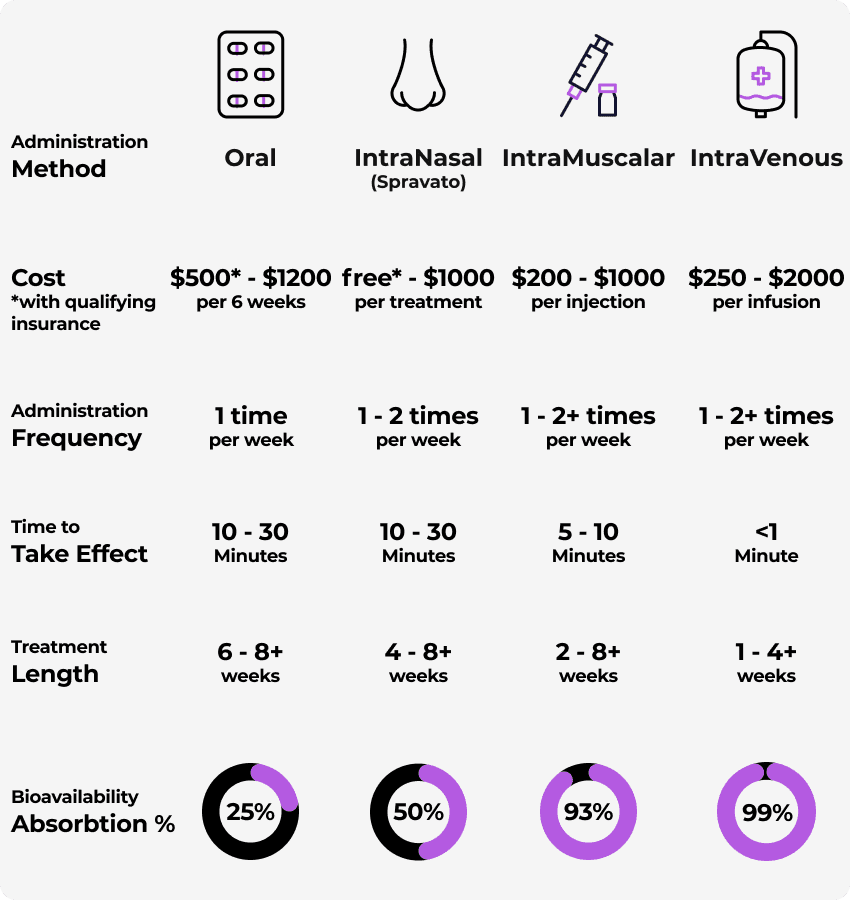

Your individual experience may vary based on your medical history, genetics, environment, habits, and other factors.
Rapid Symptom Relief
Offers rapid relief from depression, anxiety, PTSD & Pain.
Helps Where Others Fail
Effective for treatment-resistant cases.
Unique Action
Works differently from traditional antidepressants.
Promotes Neuroplasticity
May enhance brain’s ability to form new connections.
Cost and Availability
May be expensive for some and not backed by insurance.
Limited Long-Term Studies
Lack of extensive long-term data for treating certain conditions.
Side Effects
May cause disorientation and hallucinations.
Ongoing Treatment
May require periodic treatments for sustained benefits.
Ketamine has been shown to increase Brain-Derived Neurotrophic Factor (BDNF) in the brain. This increase in BDNF leads to an enhancement of neuroplasticity.
Ketamine has been shown to increase Brain-Derived Neurotrophic Factor (BDNF) in the brain. This increase in BDNF leads to an enhancement of neuroplasticity.
Getting mental health care has never been easier.
Wondering if ketamine is right for you?
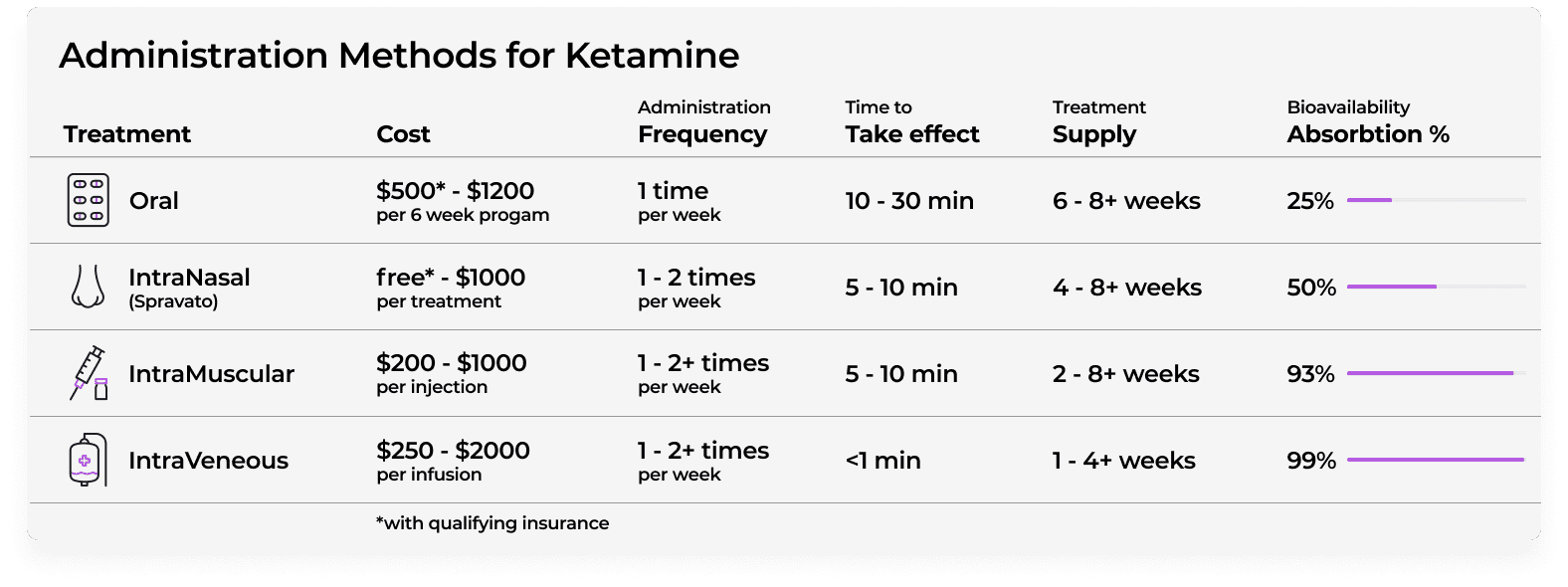



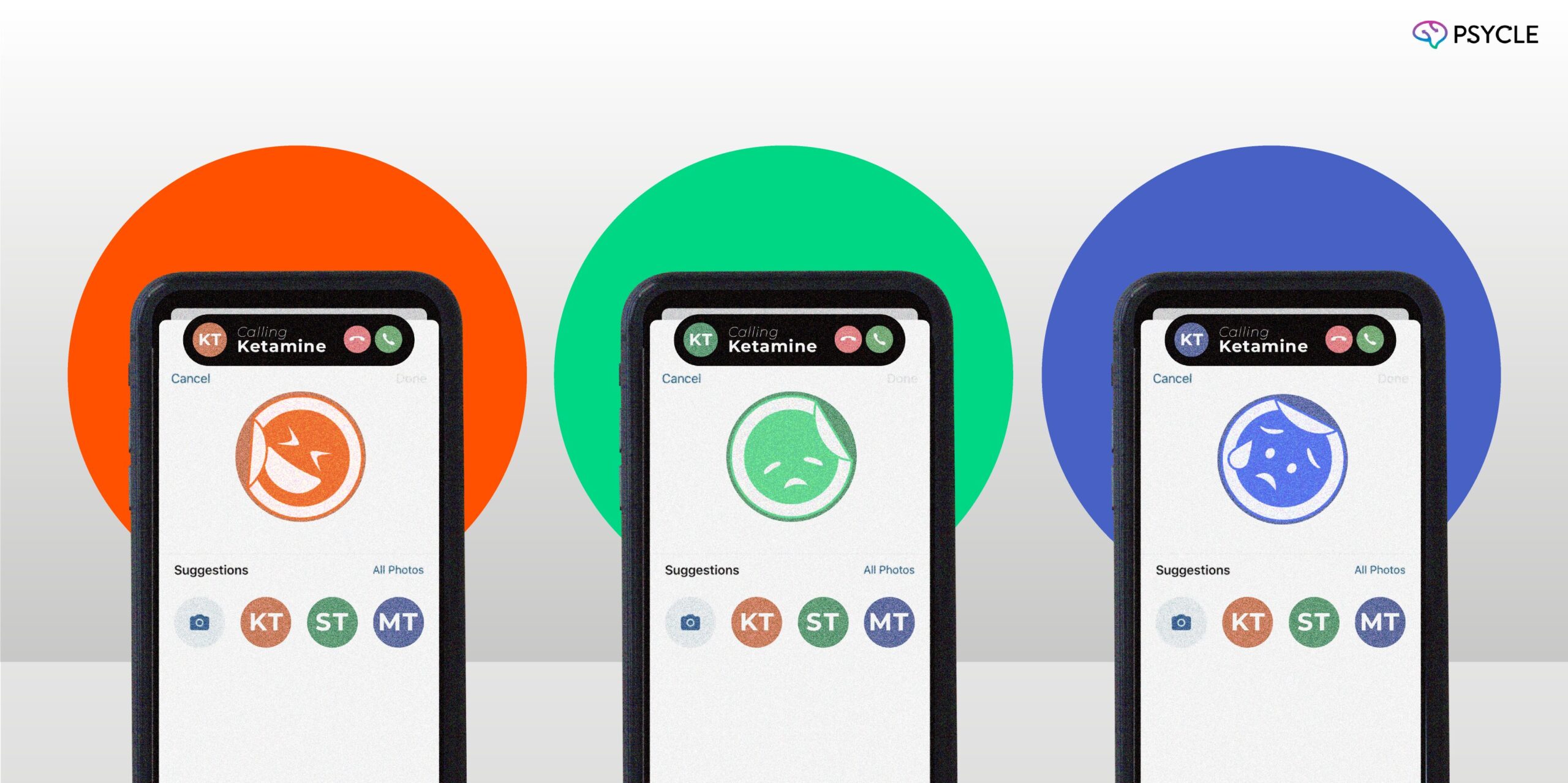

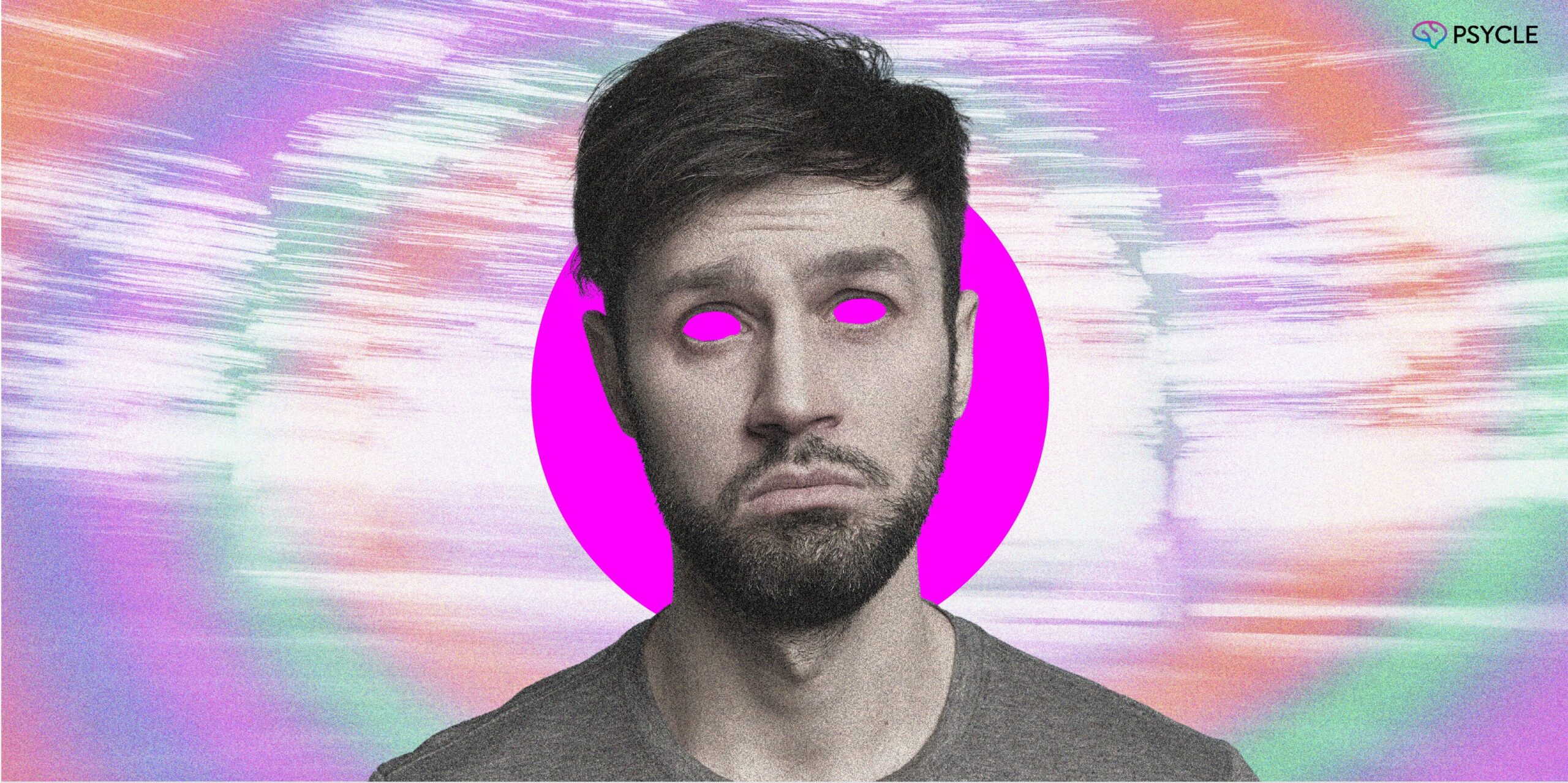

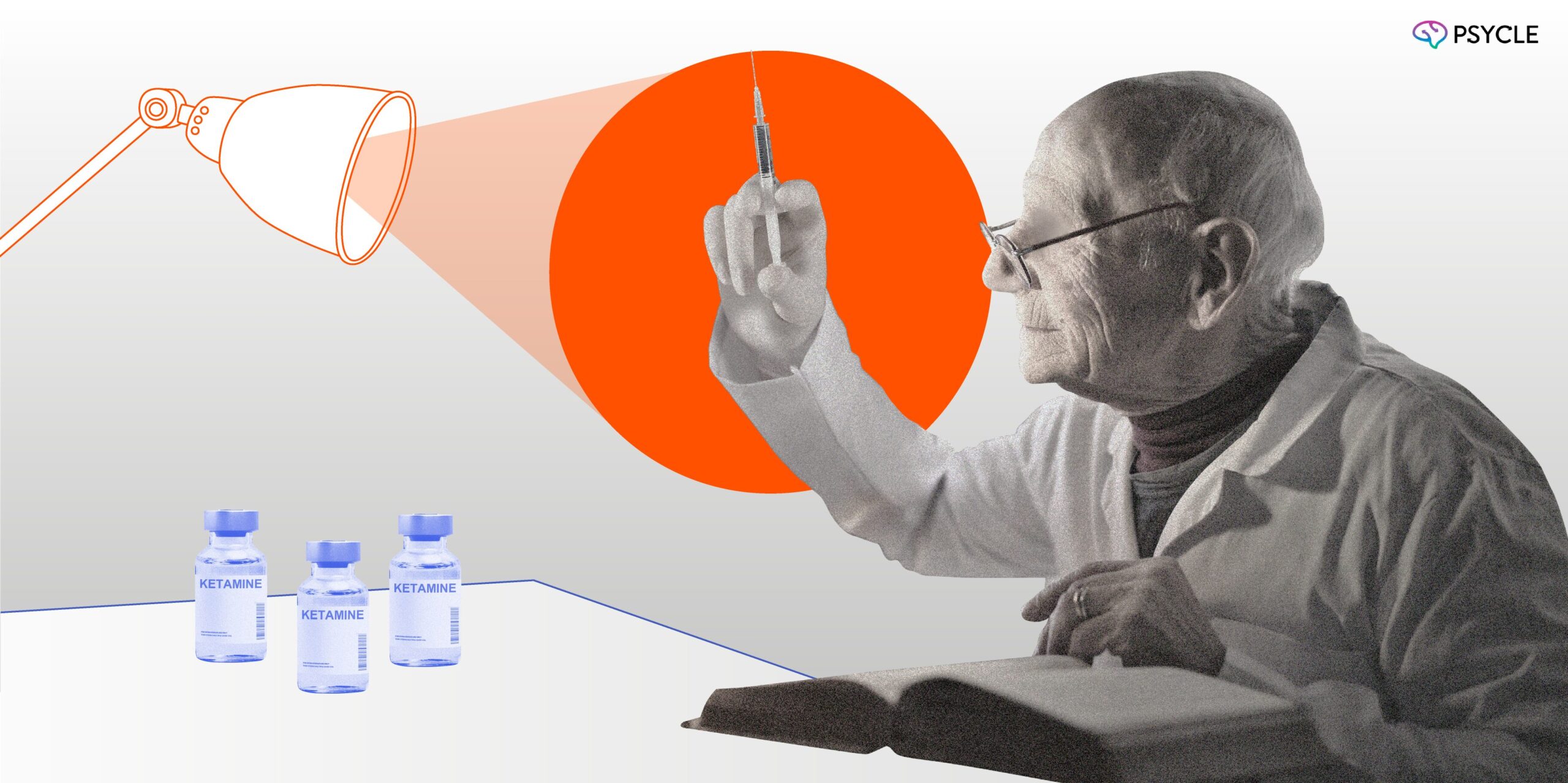

Your resource for psychedelic & alternative treatments~Connecting individuals with innovative treatment clinics.
Your resource for psychedelic & alternative treatments~Connecting individuals with innovative treatment clinics.
© Copyright 2024 Psycle Health, Inc. All rights reserved.
ENTER YOUR EMAIL BELOW TO GET INSIDER UPDATES DELIVERED STRAIGHT TO YOUR INBOX.😌🧠